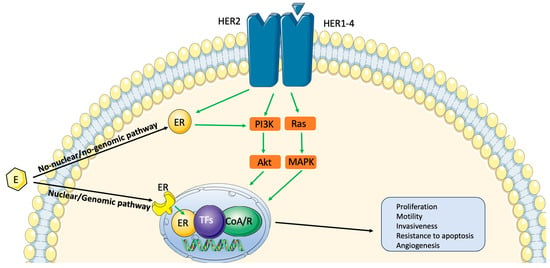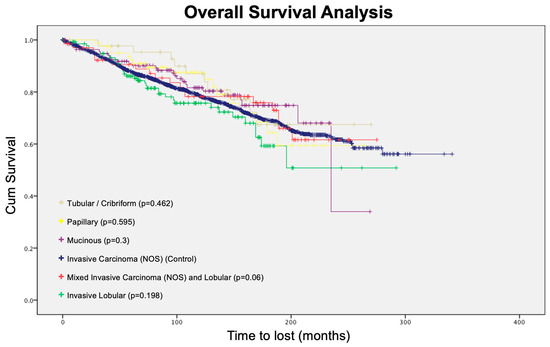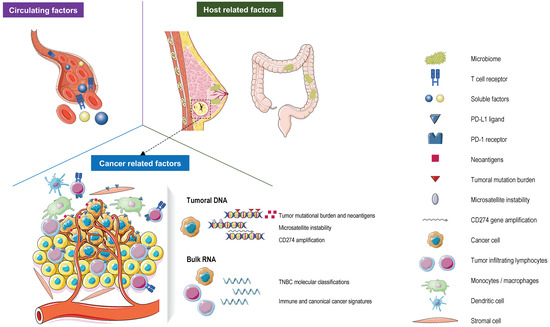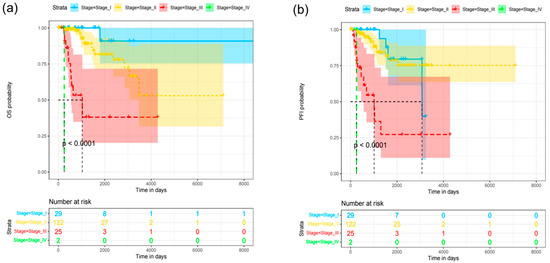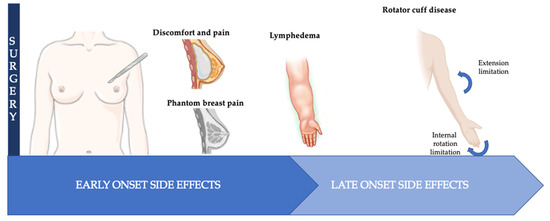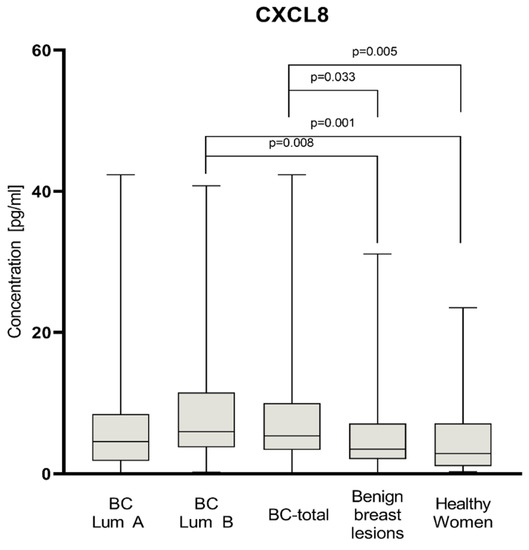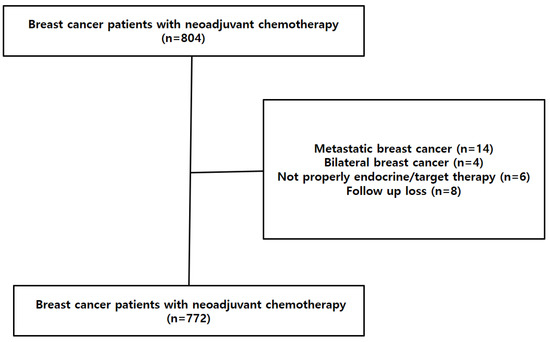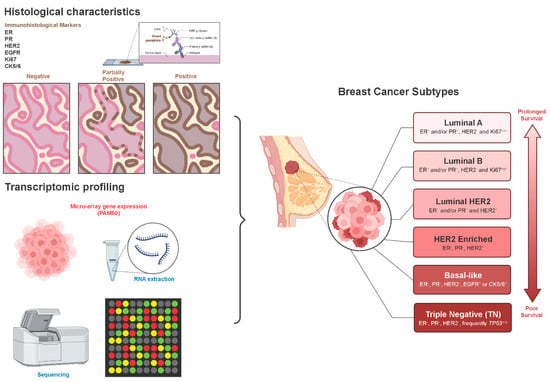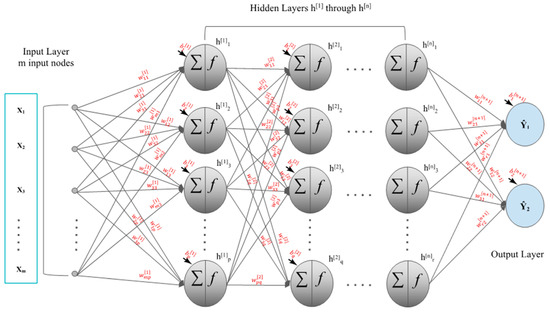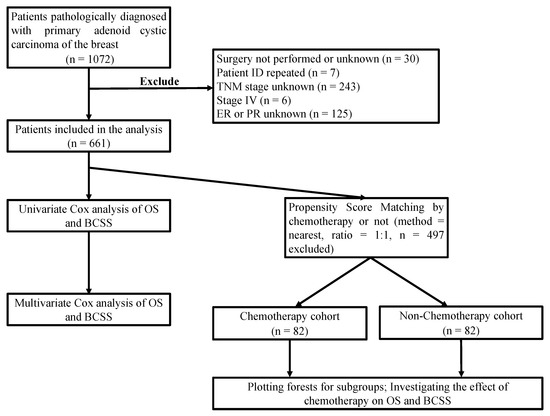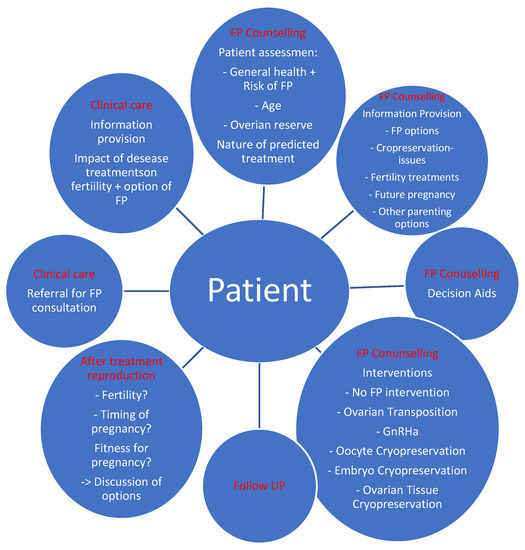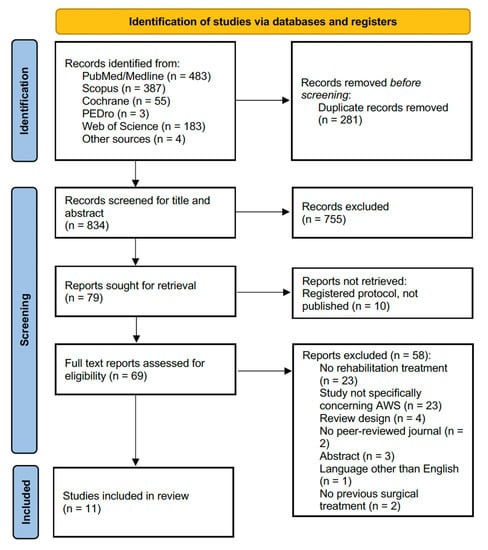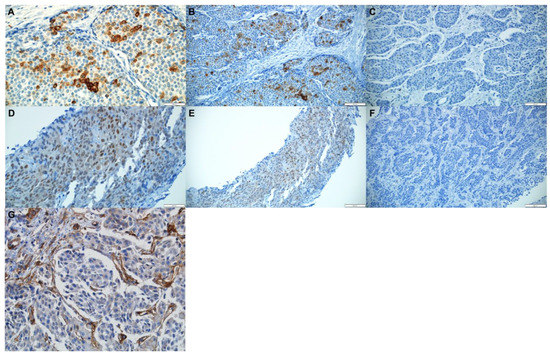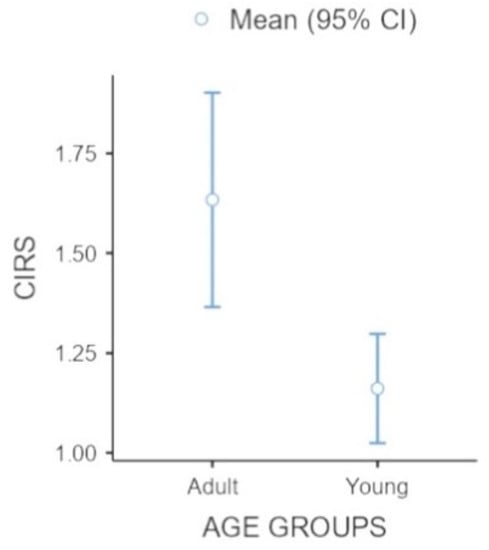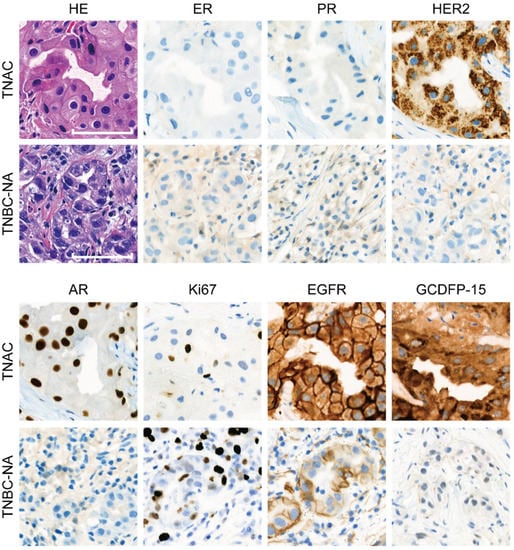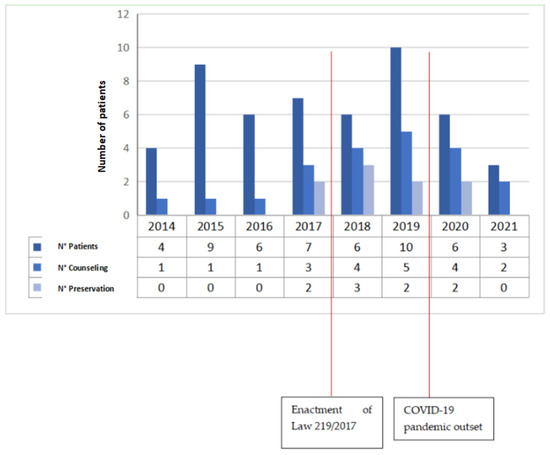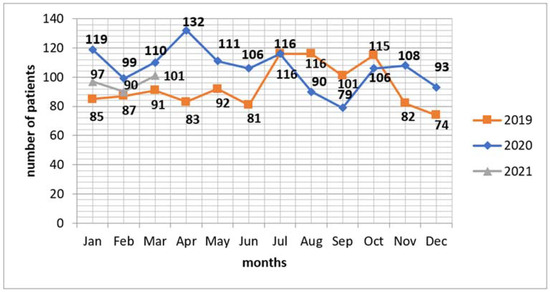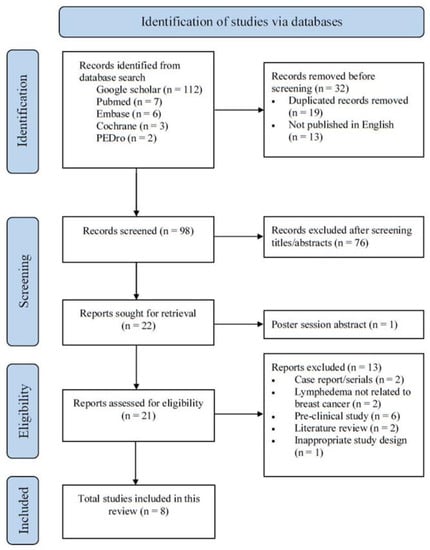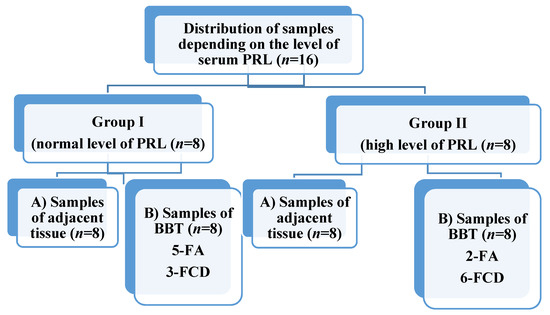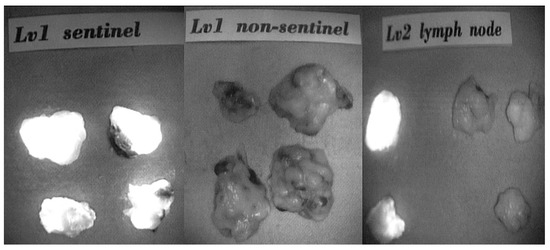Current Updates and Advances in Breast Cancer
A topical collection in Journal of Clinical Medicine (ISSN 2077-0383). This collection belongs to the section "Oncology".
Viewed by 76395Editor
Topical Collection Information
Dear Colleagues,
Breast cancer is a highly heterogeneous disease and represents the leading tumor diagnosed and the most frequent cause of cancer death in women worldwide. Breast cancer develops following complex interplays between genetic and non-genetic factors, interacting with the hormones that regulate mammary development. Hereditary and familial cancers account for up to 20–30% of all breast cancers. Considering age, about 25–30% of women are >70 years old, and around 6–7% are young (<40 years old). Breast cancer rarely occurs in males and represents less than 1% of all diagnoses.
Over 90% of breast cancers are local or regional when first detected. Decisions on the adjuvant systemic treatment are based on estimations of the recurrence risk. Standard clinicopathological features and tumor biological characteristics can improve the identification of the likelihood of response to systemic therapies. A neoadjuvant approach is useful, particularly in the most aggressive breast cancer subtypes (HER2-positive and triple negative). It allows testing the in vivo sensibility to drugs, considering a breast-conserving surgery, and providing helpful information on prognosis.
In the advanced/metastatic setting, breast cancer is still an almost incurable disease in most patients. Despite recent advances (e.g., with the introduction of novel targeted therapies, antibody–drug conjugates, and immunotherapy), significant improvements in survival were observed particularly in the HER2-positive subtype. Further, the quality of life and the toxicities of novel treatments are important features to be considered.
All these elements render it challenging to pursue an individualized treatment tailored to each patient. Breast oncologists have a strong need to be updated on several domains, starting from biology, detection/diagnosis, and management of adverse events to survivorship issues.
This Topical Collection will highlight the current state of the art on recent advances in breast cancer, both in the early and the advanced disease, in genetic counseling and fertility preservation, management of long-term toxicities, survivorship issues, and supportive and palliative care.
Dr. Cinzia Solinas
Collection Editor
Manuscript Submission Information
Manuscripts should be submitted online at www.mdpi.com by registering and logging in to this website. Once you are registered, click here to go to the submission form. Manuscripts can be submitted until the deadline. All submissions that pass pre-check are peer-reviewed. Accepted papers will be published continuously in the journal (as soon as accepted) and will be listed together on the collection website. Research articles, review articles as well as short communications are invited. For planned papers, a title and short abstract (about 100 words) can be sent to the Editorial Office for announcement on this website.
Submitted manuscripts should not have been published previously, nor be under consideration for publication elsewhere (except conference proceedings papers). All manuscripts are thoroughly refereed through a single-blind peer-review process. A guide for authors and other relevant information for submission of manuscripts is available on the Instructions for Authors page. Journal of Clinical Medicine is an international peer-reviewed open access semimonthly journal published by MDPI.
Please visit the Instructions for Authors page before submitting a manuscript. The Article Processing Charge (APC) for publication in this open access journal is 2600 CHF (Swiss Francs). Submitted papers should be well formatted and use good English. Authors may use MDPI's English editing service prior to publication or during author revisions.
Keywords
- young
- elderly
- imaging
- early detection
- CD4-6K inhibitors
- immunotherapy
- immune evasion
- sacituzumab govitecan
- tucatinib
- BRCA
- survivorship
- supportive care






